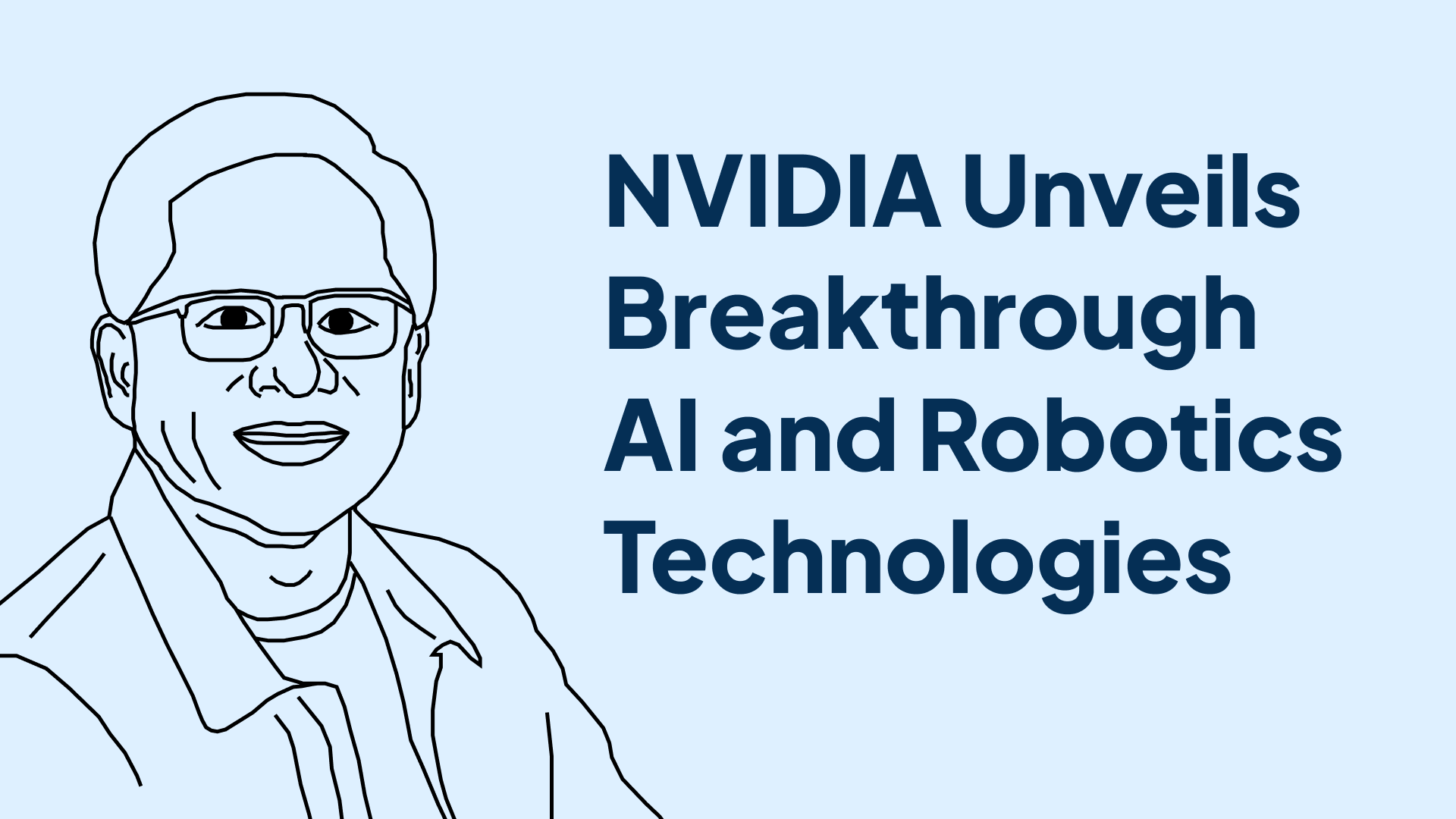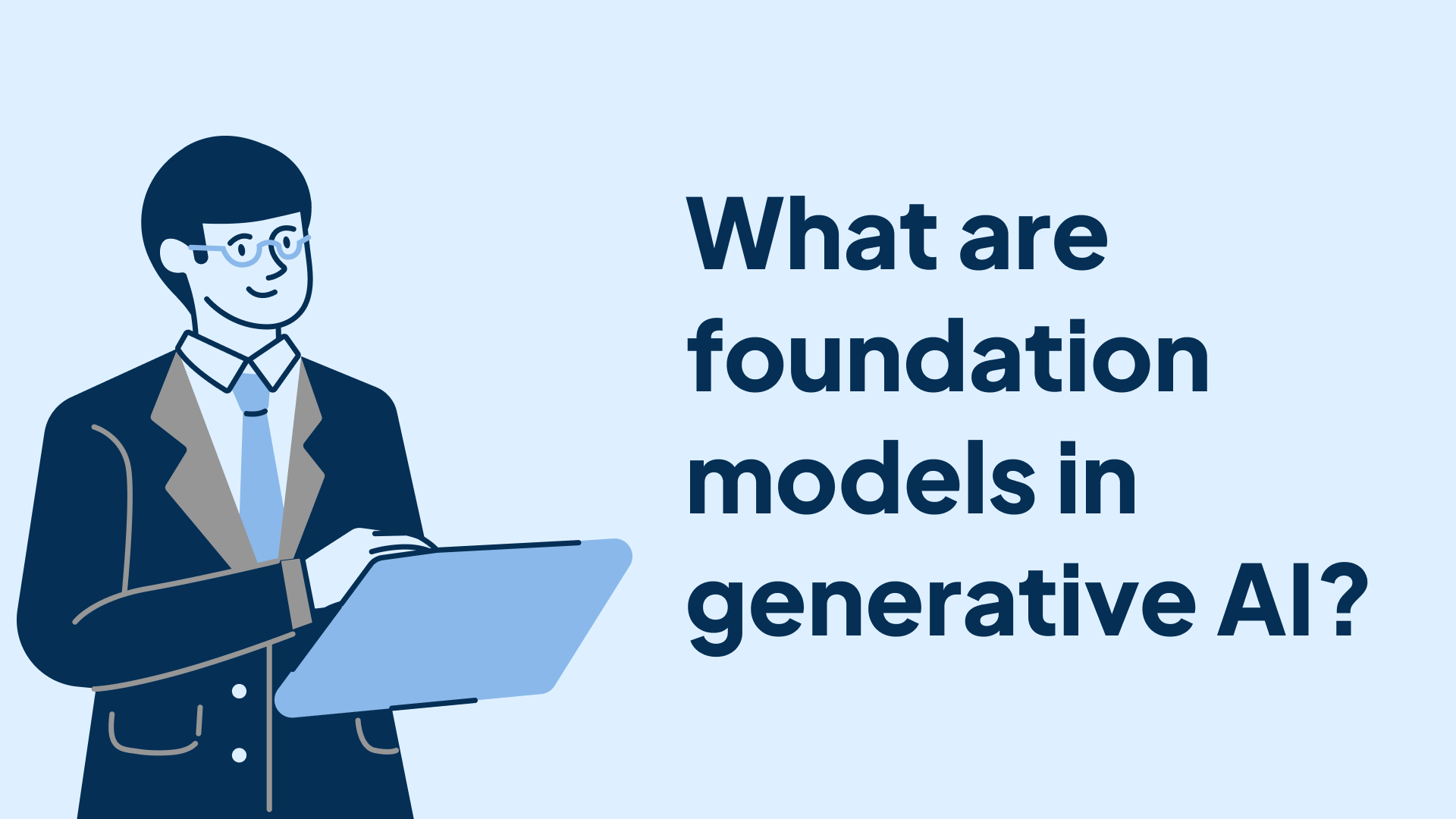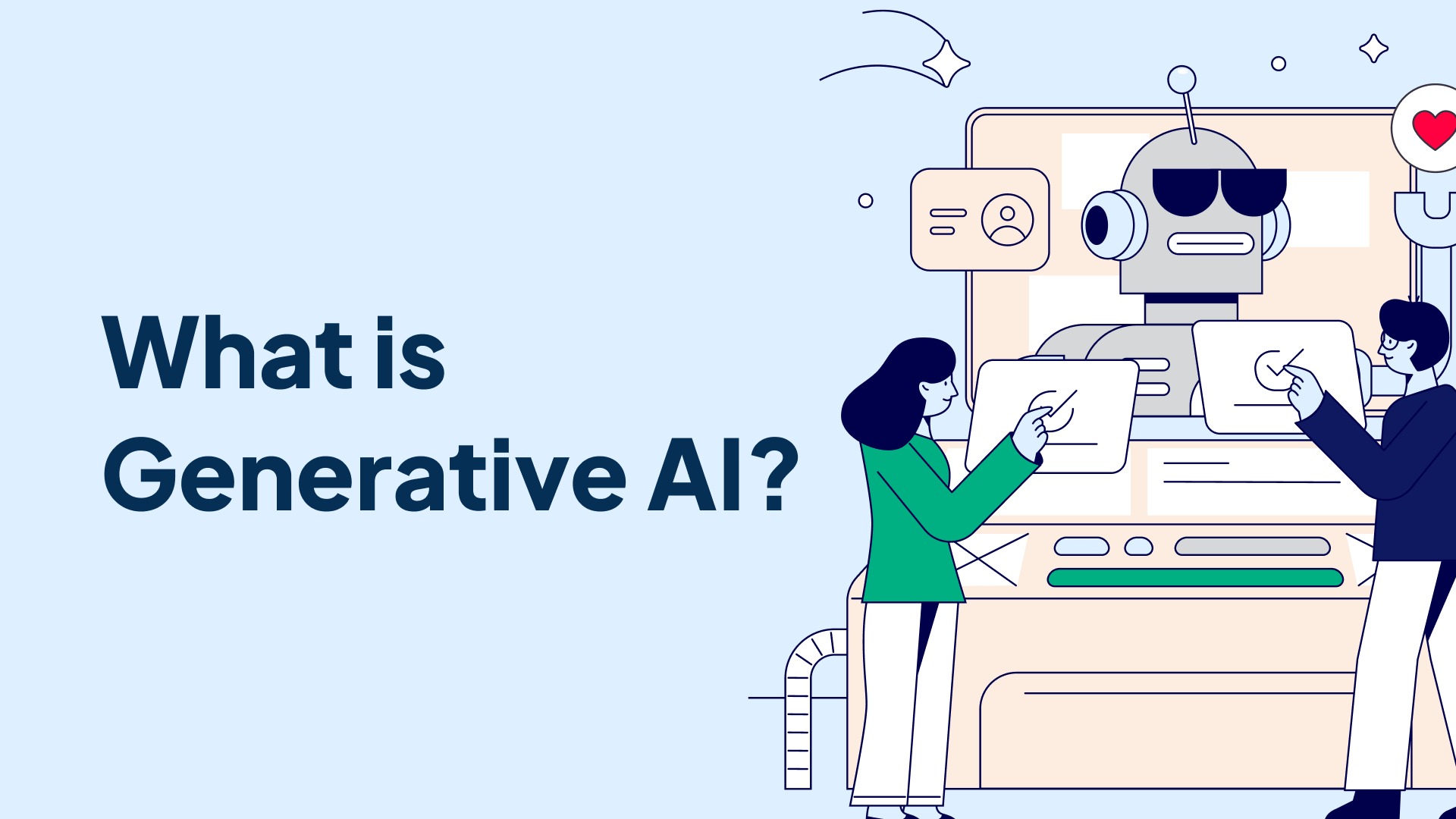In a captivating keynote address at the GPU Technology Conference (GTC) in March 2024, NVIDIA CEO Jensen Huang showcased a series of groundbreaking advancements in artificial intelligence, robotics, and accelerated computing that are set to revolutionize industries and shape the future.
The Dawn of a New Industrial Revolution
Huang emphasized that we are witnessing the emergence of a new industrial revolution driven by the transformative power of accelerated computing. He predicted that within the next several years, a trillion dollars worth of installed data centers will become modernized to leverage the capabilities of AI and accelerated computing.
The CEO highlighted that NVIDIA's computational capabilities have given rise to a novel approach to software development: generative AI. This new paradigm is expected to create dedicated AI generation infrastructure, ushering in an era of incredibly valuable software.
Introducing Blackwell: The Powerhouse of Generative AI
At the heart of this revolution lies Blackwell, NVIDIA's latest computing platform designed specifically for trillion-parameter generative AI models. Boasting an astonishing 208 billion transistors, Blackwell pushes the boundaries of what is possible in AI computing.
Huang revealed that Blackwell is not just a single chip but a platform consisting of two closely connected dies that function as one seamless unit. With 10 terabytes per second of data transfer between the dies, Blackwell eliminates memory locality and cache issues, acting as a single, giant chip.
The excitement surrounding Blackwell is palpable, with Huang declaring it as the most successful product launch in NVIDIA's history. Major cloud service providers, OEMs, ODMs, regional clouds, sovereign AIs, and telcos worldwide are eagerly gearing up to adopt Blackwell.
NIM: Packaging Intelligence for Portability
To facilitate the distribution and use of this new type of software, NVIDIA introduced NIM (NVIDIA Inference Microservices). NIMS allows intelligence to be packaged in a way that enables it to serve as an endpoint in the cloud while still allowing users to take it with them.
Huang emphasized that in the future, applications will not be written from scratch but rather assembled by integrating teams of AI models called NIM. NVIDIA's AI Foundry, consisting of NIMS, AI technology, NEMO tools, and DGX Cloud infrastructure, empowers developers to create proprietary applications and chatbots with ease.
The Robotics Revolution: Everything That Moves Will Be Robotic
Looking ahead, Huang proclaimed that everything that moves in the future will be robotic. From humanoid robots and autonomous mobile robots (AMRs) to self-driving cars, forklifts, and manipulating arms, these robotic systems will require a digital platform – a digital twin platform called Omniverse, which serves as the operating system of the robotics world.
NVIDIA showcased remarkable advancements in robotics, including Isaac Perceptor, an advanced SDK for robot perception, and Isaac Manipulator, a suite of CUDA-accelerated algorithms for motion planning and object manipulation.
The company also introduced Project GROOT, a general-purpose foundation model for humanoid robot learning. GROOT enables robots to learn from human demonstrations and emulate human movement by observing us. Powered by the new Jetson Thor robotics chips, GROOT represents a significant leap forward in AI-powered robotics.
Omniverse: The Operating System of the Robotics World
Huang emphasized the critical role of Omniverse, NVIDIA's digital twin platform, in the robotics revolution. Omniverse serves as the digital platform for robotic systems, enabling the orchestration of factories, manufacturing lines, and even entire robotic vehicles.
The integration of Omniverse with industry-leading platforms like Siemens' Teamcenter X demonstrates the transformative potential of digital twins in enhancing productivity and efficiency across various sectors.
AI in Healthcare and Climate Prediction
NVIDIA also highlighted its commitment to leveraging AI for societal benefit. In healthcare, the company is working on BioNemo, a suite of AI models for protein structure prediction, molecule generation, and drug discovery. These advancements have the potential to accelerate the development of life-saving medications.
Additionally, NVIDIA introduced Earth-2, a digital twin of the Earth, for predicting the weather. By combining generative AI with physics-based simulation, Earth-2 enables high-resolution weather forecasting, empowering communities to better prepare for and respond to extreme weather events.
The Soul of NVIDIA: The Intersection of Computer Graphics, Physics, and AI
Throughout the keynote, Huang emphasized that the soul of NVIDIA lies at the intersection of computer graphics, physics, and artificial intelligence. This convergence was exemplified by the stunning simulations and demonstrations powered by NVIDIA's technologies.
From the awe-inspiring Omniverse simulations to the adorable antics of the Jetson-powered Disney robots, Orange and Green, the keynote showcased the seamless integration of cutting-edge technologies that define NVIDIA's essence.
Conclusion
Jensen Huang's keynote at GTC 2024 painted a compelling vision of a future shaped by accelerated computing, generative AI, and robotics. With groundbreaking platforms like Blackwell, NIMS, and Omniverse, NVIDIA is at the forefront of driving innovation and transforming industries.
As we stand on the cusp of a new industrial revolution, NVIDIA's advancements in AI and robotics are set to redefine the way we live, work, and interact with technology. The possibilities unleashed by these breakthroughs are truly limitless, and NVIDIA is poised to lead the charge into an exhilarating future.










